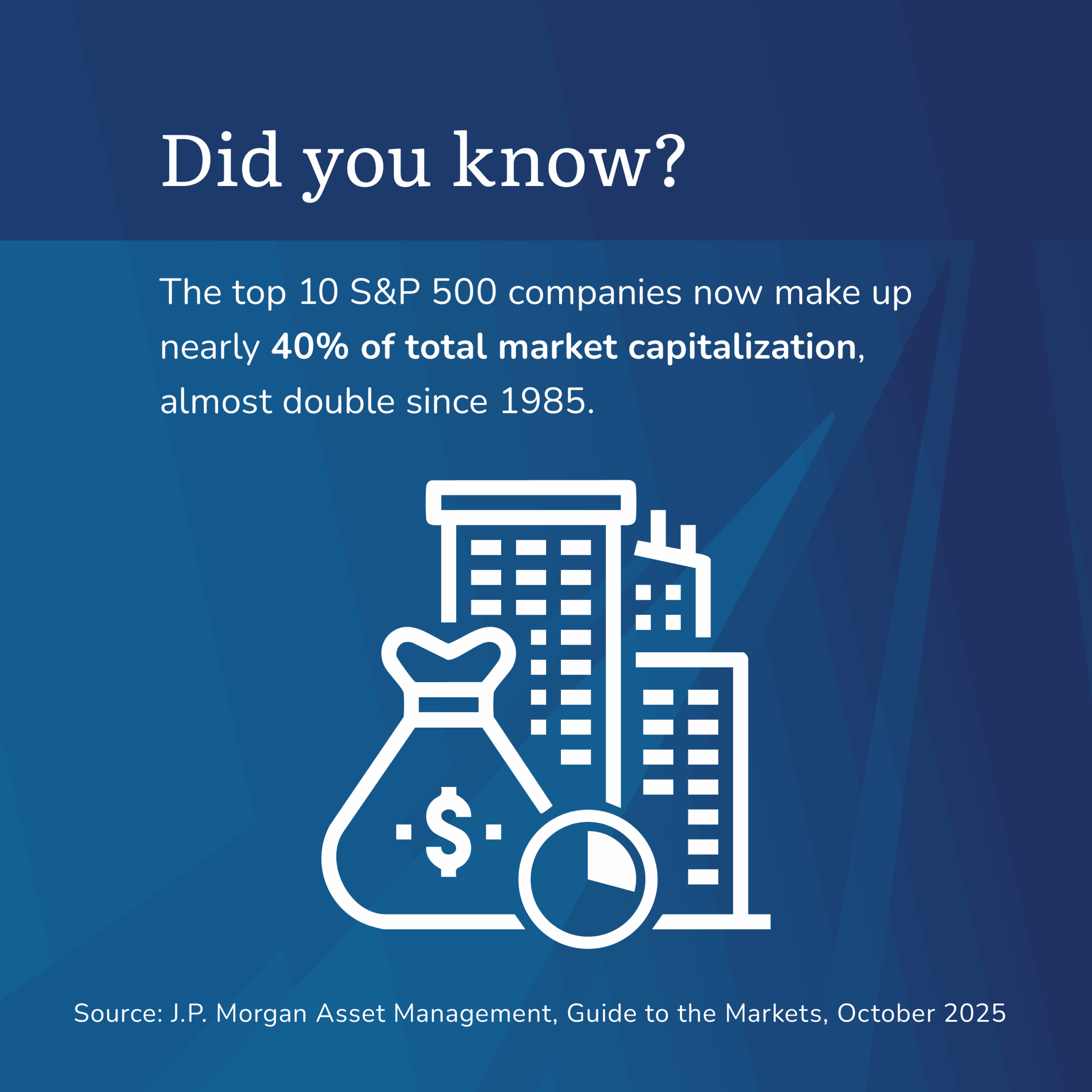Our Prediction Addiction
If you’ve ever felt the thrill of calling the market right—or the sting of getting it wrong—you’re not alone. As humans, we have an innate desire to predict, to control, and to feel like we’re ahead of the game. But here’s the hard truth: predicting the market is, more often than not, a fool’s errand.
Let’s explore why even the smartest investors fall into the prediction trap and how we can adopt a more rational, humility-driven approach to investing.

The Prediction Trap
Why Smart People Love to Predict
Winning feels good. Our brains crave certainty, and for high-achievers, the temptation is even stronger. Success in business, medicine, law—most fields—comes from strategic thinking and preparation. Shouldn’t the market work the same way?
It doesn’t. The market isn’t a puzzle to be solved; it’s a chaotic system, shaped by millions of unpredictable decisions. Yet, time and again, we convince ourselves we can crack the code.
The Psychological Drivers of Prediction
Several cognitive biases trick us into thinking we can outsmart the market:
- Confirmation Bias – We seek out information that reinforces what we already believe, ignoring anything that contradicts it. Think a recession is coming? You’ll naturally fixate on negative economic headlines.
- Overconfidence Effect – We overestimate our ability to predict outcomes. Many investors believe they have an “edge” when, in reality, even professionals struggle to consistently beat the market.
- Narrative Fallacy – We love a good story. “AI will change everything, so tech stocks must soar!” Maybe—but history is littered with failed predictions that sounded just as compelling.
- Recency Bias – We assume the recent past will continue. If markets have been up, we expect more gains. If they’ve been down, we brace for more pain.
And then there’s hindsight bias—one of the biggest culprits.
The Hindsight Bias Trap
Ever heard someone say, “The 2008 crash was obvious”? Or “Anyone could’ve seen the dot-com bubble coming”?
That’s hindsight bias in action. When we look back, patterns seem clear that weren’t obvious at the time. We trick ourselves into believing past events were predictable, which makes us overconfident about predicting the future.
How Hindsight Bias Distorts Investment Decisions
- We forget past uncertainty – We rewrite history, believing things were more predictable than they actually were.
- We think we “knew it all along” – This false confidence makes us believe we can predict what’s next.
- We take on riskier bets – If we assume past market calls were easy, we might get reckless with future ones.
The Hidden Costs of Prediction
Trying to time the market isn’t just difficult—it’s often destructive.
- Emotional Toll – The stress of trying to outguess the market can lead to anxiety and second-guessing.
- Financial Damage – Data consistently shows that frequent traders underperform long-term investors. Investing is simple, but not easy.
- Opportunity Cost – Every hour spent obsessing over market moves is an hour not spent on meaningful financial planning—or, you know, enjoying life.
A Better Approach: Investing With Humility
The best investors don’t try to predict the future. They build resilient portfolios designed to thrive in any market environment. That starts with humility.
1. Accept Uncertainty
Markets are unpredictable. Instead of fighting that reality, embrace it. The most successful investors build portfolios that can withstand multiple possible futures.
2. Diversify Across Asset Classes
No single asset class wins forever. A well-diversified portfolio spreads risk across equities, fixed income, private credit, and alternatives—positioning you for long-term success.
3. Automate Investment Decisions
Remove emotion from the equation. Strategies like dollar-cost averaging and periodic rebalancing help smooth out volatility and prevent panic-driven mistakes.
4. Beware of Pessimism’s Intellectual Allure
Pessimistic forecasts sound smart. Financial media thrives on dramatic narratives because fear sells. But market history suggests that long-term optimism—grounded in reality—is usually the better bet.
5. Use Historical Data Wisely
Instead of chasing short-term trends, focus on the bigger picture. The stock market has always been volatile, but it has also historically trended upward over time.
6. Maintain a Long-Term Perspective
Zoom out. If your investment horizon is measured in decades, why stress over daily or even yearly market swings? Ever heard of Myopic Loss Aversion? It’s our tendency to focus too much on short-term losses at the expense of long-term gains. Fight that instinct.
7. Keep Emotions in Check
Fear and greed drive many of the worst investment decisions. A rules-based strategy—one that removes emotional reactions—can help you stay on track.
The Takeaway
Predicting the market is seductive, but it’s a game stacked against even the smartest investors. Instead of falling for the illusion of foresight, shift your focus to what actually works: discipline, diversification, and a long-term perspective.
The best investors aren’t the ones with the best predictions. They’re the ones who have the humility to admit they don’t need to predict the future to build lasting wealth.
Want to build a resilient, long-term investment strategy? Connect with us today and start building your resilient financial future.
Categories
Recent Insights
-

Collaborative Divorce: Navigating Legal and Financial Decisions with Clarity
Divorce can be one of life’s most challenging transitions, affecting both emotional well-being and financial stability. How the process unfolds can influence your future for years to come. Collaborative divorce offers an approach that emphasizes clarity, control, and cooperation. While it may not be right for everyone, it provides a structured path for families who…
-

Giving Back—and Giving Forward: A High-Level Look at Charitable Lead Trusts
For families and individuals who want their wealth to reflect their values, estate planning is about more than numbers—it’s about purpose. Many seek ways to have a lasting philanthropic impact while also ensuring their loved ones are supported for generations. A Charitable Lead Trust (CLT) is one strategy that can help accomplish both. Real-Life Scenarios:…
-

Talk Your Chart | Artificial Intelligence, Global Markets, And What Really Drives Returns | Ep. 73
In Episode 73 of Talk Your Chart, Marcos and Brett begin by diving into the ongoing debate about Artificial Intelligence (AI) and its potential as a market bubble. They explore the real-world implications of AI for the economy, industries, and global markets. Drawing on historical market comparisons, such as Alan Greenspan’s 1996 warning about “irrational…
-

Heads or Tails: Navigating Pet Custody During Divorce
Divorce is rarely easy, and when pets are involved, it can become even more emotionally complex. For many couples, deciding who gets custody of a pet can be as heart-wrenching as dividing financial assets or determining child arrangements. Legally, pets are considered property in most states—but emotionally, they’re often family. That disconnect between law and…
-

A Smart Giving Strategy: How Charitable Remainder Annuity Trusts Turn Generosity into Legacy
Because Giving Shouldn’t Mean Giving Something Up Imagine this: You’ve worked hard, invested wisely, and now you’re thinking about how to share that success—not just with your loved ones, but with the causes and communities that shaped your journey. The question is no longer if you should give. It’s how to give meaningfully—without compromising your…
